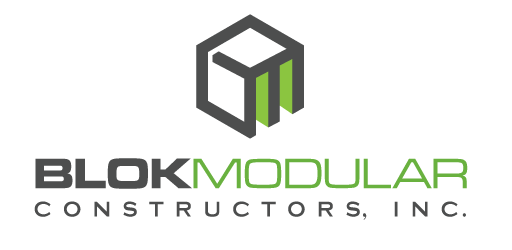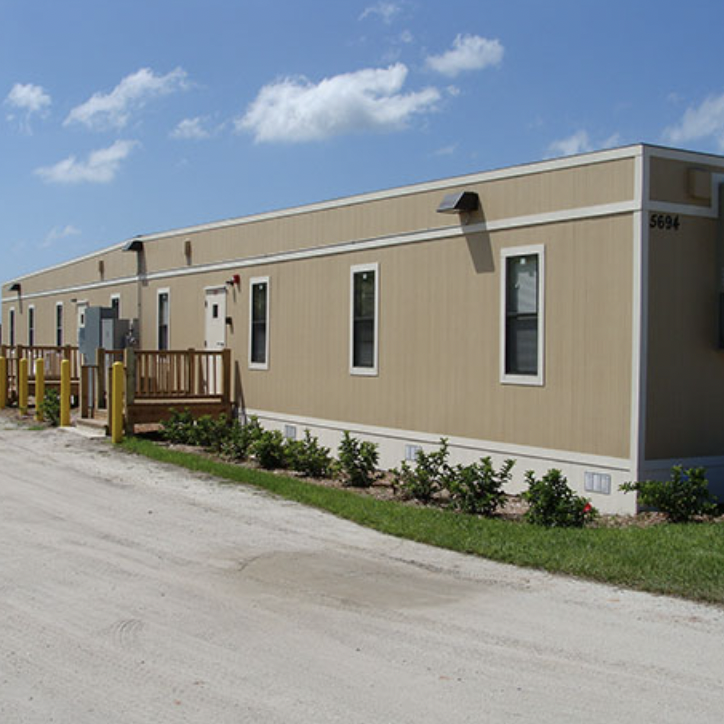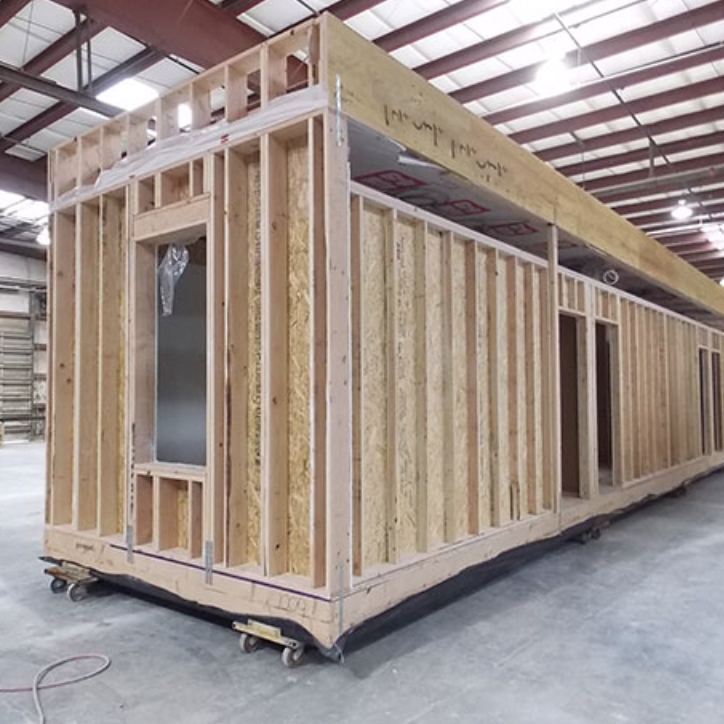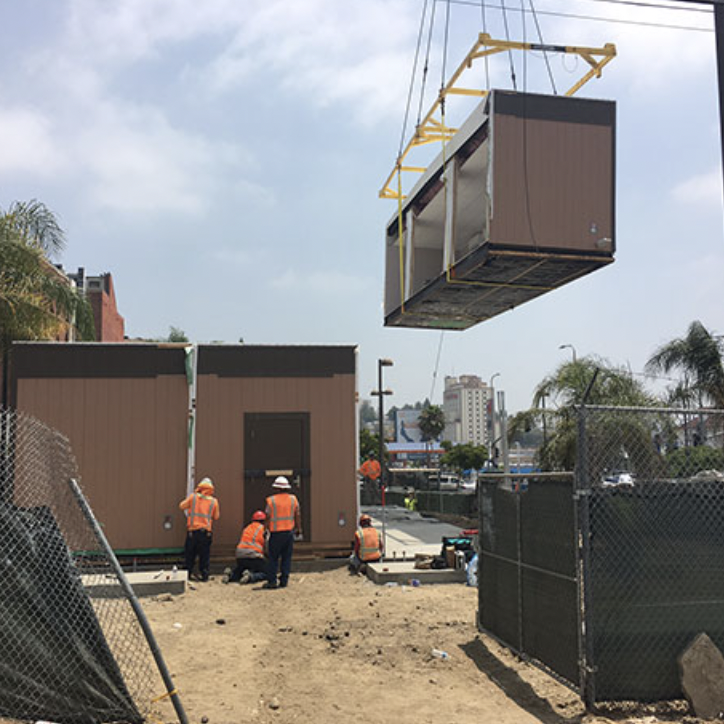
Revolutionizing Construction:
The Rise of Modular Building Companies
The construction industry is undergoing a transformation, driven by innovative approaches to building design and construction. One such approach that has gained significant momentum in recent years is modular construction. Modular building companies are revolutionizing the way structures are designed and constructed, offering a wide range of benefits in terms of efficiency, sustainability, and cost-effectiveness. In this article, we will explore the world of modular building companies, examining their history, advantages, challenges, and the future of this evolving industry.
The Origins of Modular Construction
Modular construction has its roots in the early 20th century, with its initial applications primarily in the housing sector. Prefabricated houses, often referred to as “prefabs,” gained popularity during times of rapid urbanization and housing shortages. These early modular structures were built in sections or modules off-site and then transported to their final location for assembly. However, the techniques and materials used in these early attempts were rudimentary compared to the sophisticated methods employed by modern modular building companies.

The Modern Modular Construction Process
Modern modular building companies have evolved significantly from their early counterparts. They now employ advanced technologies and construction techniques to create a wide range of structures, from residential buildings to commercial complexes, educational institutions, healthcare facilities, and more. The process typically involves the following steps:
Design and Planning: The building’s design is developed using computer-aided design (CAD) software, allowing for precision and customization.
Off-Site Manufacturing: Modules, which can be entire rooms or sections of a building, are constructed in a controlled factory environment. This environment ensures consistent quality and minimizes weather-related delays.
Transportation: Once the modules are completed, they are transported to the construction site, often using trucks or other specialized transportation methods.
On-Site Assembly: The modules are assembled on-site to create the final structure. This assembly phase is typically quicker than traditional construction methods, as many components are already pre-fabricated.
Finishing Touches: After the modules are assembled, the final finishing touches, such as plumbing, electrical, and interior design, are added to complete the structure.

Advantages of Modular Construction
Modular construction offers a multitude of advantages that have led to its growing popularity in the construction industry. Some of the key benefits include:
Speed: Modular construction significantly reduces construction timelines. The simultaneous off-site manufacturing and on-site assembly process can cut construction times by as much as 50% compared to traditional methods.
Cost-Effectiveness: The controlled factory environment allows for efficient material usage and reduced waste. Moreover, the speed of construction can lead to cost savings in labor and financing.
Quality Control: Factory-based production ensures a high level of quality control, with standardized components and rigorous inspections. This results in consistently high-quality structures.
Sustainability: Modular construction is often seen as a more environmentally friendly option. The controlled factory environment minimizes waste, and the ability to recycle and repurpose modules contributes to sustainability.
Design Flexibility: Modular construction is not limited to simple or repetitive designs. Advances in technology and manufacturing techniques allow for highly customized and architecturally striking structures.
Reduced Disruption: On-site construction can be disruptive to nearby businesses and residents. Modular construction minimizes this disruption as much of the work is completed off-site.
Notable Modular Building Projects
The success of modular construction is evident in numerous high-profile projects around the world. Some noteworthy examples include:
The Stack, New York City: This 28-story residential building was constructed in just 19 days using modular construction methods. It showcases the speed and efficiency of this approach.
B2 BKLYN, Brooklyn: This 32-story residential tower in New York City is one of the tallest modular buildings in the world. It illustrates the versatility of modular construction in high-rise developments.
The Village at Beardslee Crossing, Washington: This mixed-use development includes residential and commercial spaces, showcasing the diversity of projects that modular construction can accommodate.
Crossrail, London: The Crossrail project in the UK includes several modular-built station structures, demonstrating the reliability and scalability of this construction method for large infrastructure projects.
Challenges and Limitations
While modular construction has numerous advantages, it also faces certain challenges and limitations that need to be addressed for the industry to continue to grow and evolve. Some of these challenges include:
Transportation Costs: The transportation of modules to the construction site can be expensive, particularly for remote or geographically challenging locations.
Site Preparation: Proper site preparation is crucial for modular construction. Any site irregularities can result in complications during assembly.
Limited to Repetitive Designs: While modular construction is becoming more adaptable, it may still be less suitable for highly unique or complex architectural designs.
Initial Investment: The upfront costs of establishing a modular construction facility can be substantial, making it a less attractive option for small construction companies.
Regulatory Hurdles: Building codes and regulations can vary by location, and modular construction companies must navigate these intricacies.
The Future of Modular Building Companies
Prefab commercial buildings are making a significAs the construction industry continues to evolve, modular building companies are likely to play an increasingly significant role. Some trends and developments that can be expected in the future include:ant contribution to sustainable construction practices. Some of the environmental advantages of these structures include:

Technological Advancements: Continued innovation in construction technology, including robotics and 3D printing, will further enhance the capabilities of modular construction.
Sustainable Practices: Modular construction aligns well with sustainability goals, and we can expect a greater emphasis on green building practices within the industry.
Industry Growth: As the advantages of modular construction become more widely recognized, the industry is likely to expand, attracting more investment and talent.
Diversification: Modular construction will likely diversify into various sectors, including healthcare, education, and hospitality, as well as civil infrastructure.
Integration with Other Technologies: Integration with smart building technologies, such as IoT sensors and energy-efficient systems, will become more common in modular construction projects.
The rise of prefab commercial buildings represents a significant shift in the construction industry, offering a range of benefits that cater to the needs of businesses, developers, and the environment. These structures not only provide cost-effective andModular building companies are reshaping the construction industry by offering faster, more cost-effective, and sustainable building solutions. With a rich history dating back to early prefabricated houses, modern modular construction has evolved to create impressive structures across various sectors. As the industry continues to grow and overcome challenges, it is poised to become an integral part of the future of construction. Its adaptability, efficiency, and environmentally conscious practices position modular construction as a key player in addressing the construction demands of the 21st century. As technology continues to advance and sustainability becomes a more prominent focus, modular building companies are set to transform the way we build and live in the built environment. efficient solutions but also offer design flexibility, sustainability, and high-quality construction. The technology behind prefab buildings, including BIM, CNC machines, and advanced materials, has played a crucial role in their success
